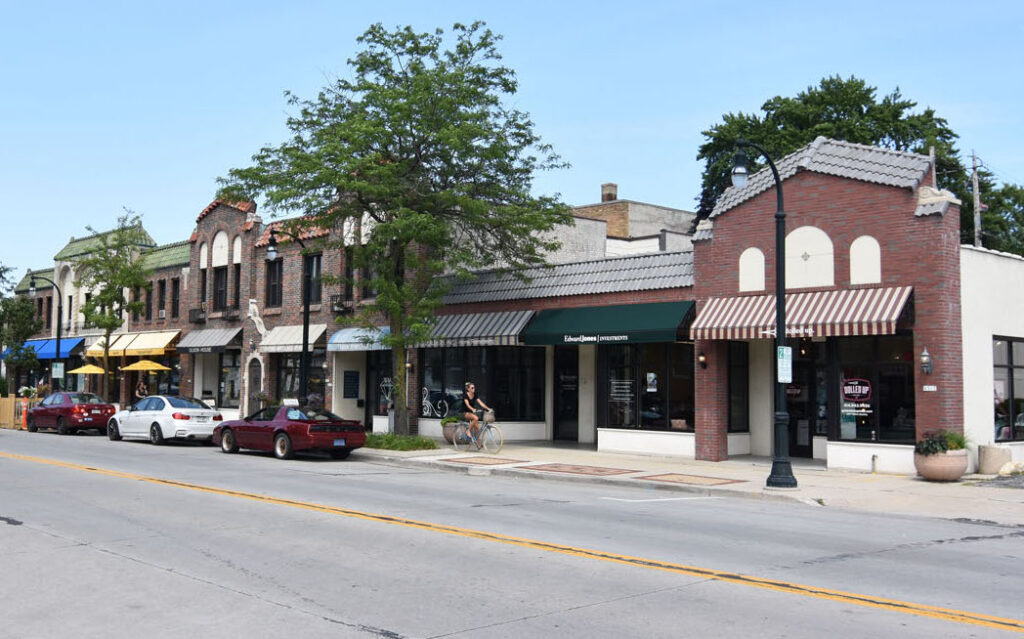
A new guide is available for smaller cities and towns across Wisconsin to reform restrictive zoning codes that could threaten the long-term affordability and livability of communities across the state. Enabling Better Places: A User’s Guide to Wisconsin Neighborhood Affordability was produced as part of CNU’s Project for Code Reform, with support from the League of Wisconsin Municipalities (LWM), AARP Wisconsin, and other local organizations.
The guide is aimed at restoring traditional neighborhood development patterns that are attractive and highly functional. Such neighborhoods currently exist across the state, but are made nearly impossible to build anymore under modern zoning regulations. The guide offers a number of recommendations for restoring those traditional patterns to provide better, more affordable housing options that allow Wisconsin residents to age in place. Those recommendations address several common zoning issues:
- Restrictive lot size and setback requirements
- Prohibitions on multifamily housing
- Heavy restrictions on density and uses
- Excessive minimum parking requirements
- Cumbersome permitting processes
The guide explains:
Current regulations in Wisconsin often require large lots, deep setbacks, low densities, limited housing options, restrictions on repurposing existing buildings, and excessive parking requirements. Such regulations can restrict opportunities for housing, increase costs for individuals and communities, perpetuate sprawling auto-oriented development, and negatively affect Wisconsin’s natural beauty.
This project follows similar ones in Michigan, New Hampshire, and Vermont, according to CNU Public Square, and builds on case studies in Waukesha, Eau Claire, Waunakee, Ripon, and Horicon. The project team and their partners are working to educate the public using the guide, which is available for free on LWM’s website.
By Chris McCahill, CNU Wisconsin President. Photo courtesy of Pat Algiers.
